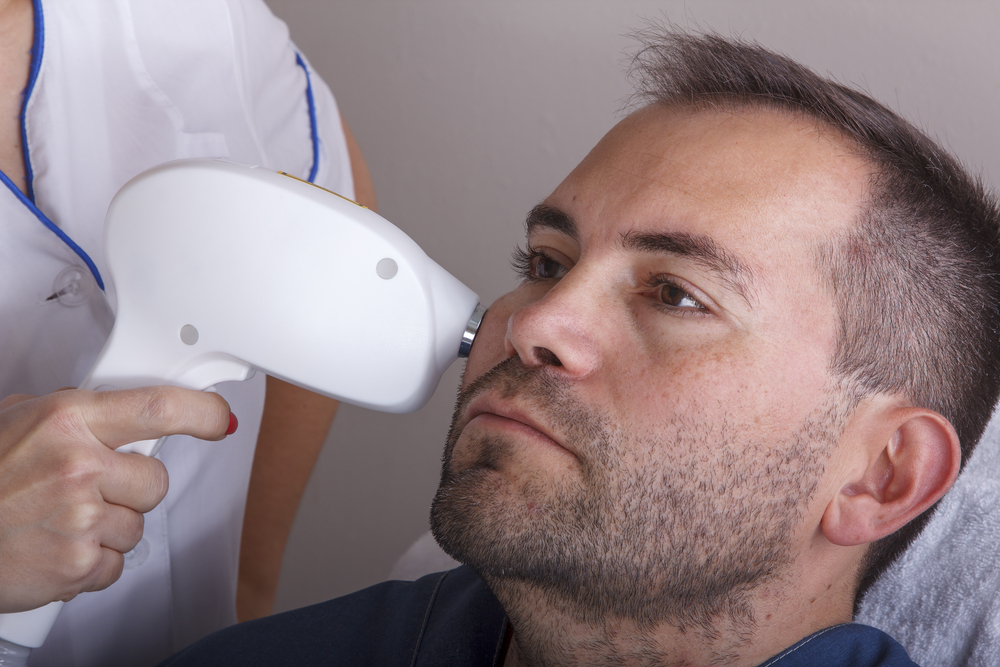
Endovenous Ablation for Varicose Veins in Ellicott City, MD
January 30, 2019
5 Best Ways to Treat Liver Spots With Lasers
January 30, 2019While you may have heard of restless leg syndrome before, you may have questions about its symptoms, causes, diagnosis, and treatment options.
We all occasionally experience sleep disturbances that cause us to wake up in the middle of the night or have difficulty falling or staying asleep.
However, women and men with restless leg syndrome frequently encounter bothersome feelings in their legs that affect the quality and duration of their sleep.
If you’d like to learn more about this condition, continue reading for a complete list of restless leg syndrome FAQ.
What is Restless Leg Syndrome?
Restless leg syndrome is a sleep and movement disorder characterized by an uncomfortable feeling in the legs and an urge to move legs in order to seek relief.
The condition often presents in the evening when a person is sitting, lying in bed, or sleeping. Additionally, many individuals with RLS have a symptom-free period in the early morning.
What Are the Symptoms of Restless Leg Syndrome?
The unpleasant sensations associated with RLS are often difficult to describe. However, those affected often report an aching, throbbing, pulling, itching, crawling, or creeping feeling that is alleviated by movement of the legs.
These symptoms typically occur bilaterally, and many individuals with restless legs try to keep their legs in constant motion to offset discomfort and pain.
What Causes Restless Leg Syndrome?
The exact cause of RLS is not known, but researchers have identified a strong genetic component to the condition.
They also believe that low levels of iron in the brain and a disruption of dopamine pathways may also contribute to RLS.
The latter is noteworthy, as dopamine is a chemical that’s responsible for smooth and purposeful muscle action and movement.
Other factors that have been linked to RLS include: End-stage renal disease and hemodialysis; certain medications; use of alcohol, nicotine, and caffeine; varicose veins from pregnancy, especially in the last trimester; and neuropathy (nerve damage).
How is Restless Leg Syndrome Diagnosed?
There is not a definitive diagnostic test for restless leg syndrome. Rather, it is diagnosed following an evaluation of the patient’s symptoms, triggers, relieving factors, and onset as well as family history and current medications.
A neurological exam, physical exam, and lab testing may also be conducted.
How is Restless Leg Syndrome Treated?
RLS treatments typically aim to manage and reduce patient symptoms. They can include:
- Iron supplements
- Lifestyle modifications, such as decreased alcohol and tobacco use, sleep hygiene, exercise, massage of legs, relaxing baths, heating pads, and ice packs.
- Anti-seizure drugs
- Dopaminergic medications
If you are struggling with restless legs, please contact our office today to schedule a comprehensive consultation with one of our specialists.



